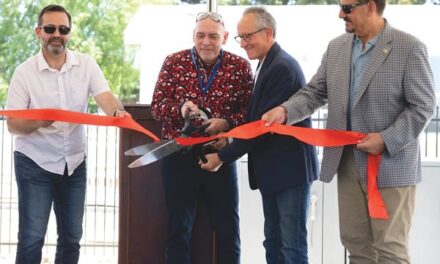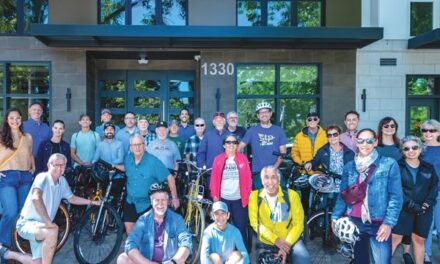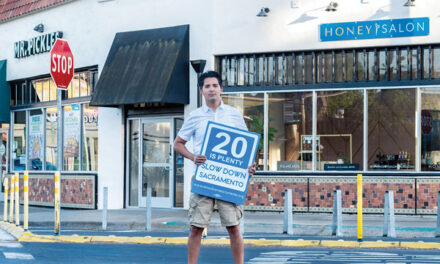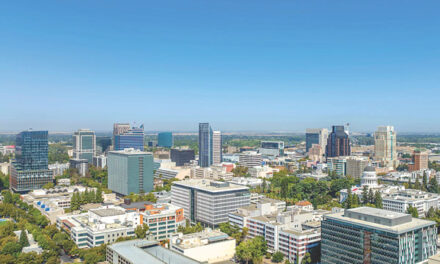Last year, a report from the California Association of Realtors told a disturbing story. Just 15% of California households can afford to buy a house.
That’s less than half the historic average over the prior three decades, when the Realtors said 33% of Californians could afford homes. In March 2012, the rate was 56%, inconceivable today.
These numbers are more than alarming. They are unsustainable for a state that prides itself on having just four nations in the world generate more economic activity. If our children and grandchildren can’t afford to live here, how will our economy attract workers and keep thriving?
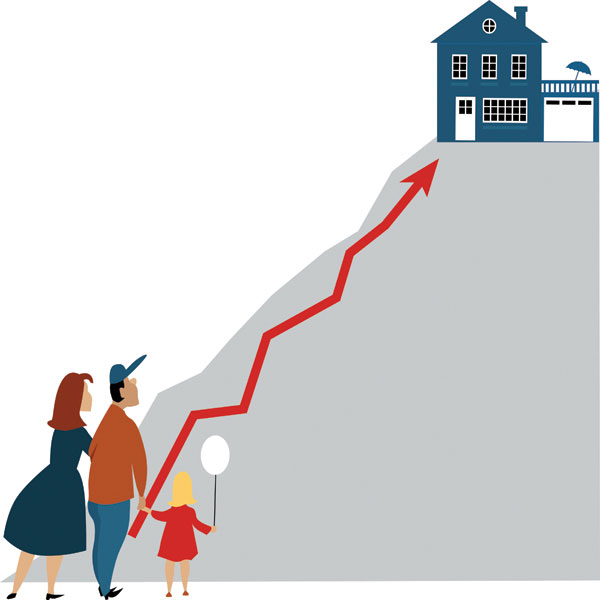
Even with inflation dropping, everything feels more expensive these days. But in California, where Gov. Gavin Newsom calls high housing costs our “original sin,” there are steps we can take to build more affordable homes.
A recent Wall Street Journal article with the headline, “California is desperate for affordable housing but can’t stop getting in its own way,” suggests we are our own enemy.
The article focused on a 49-unit apartment project in East Los Angeles planned as affordable. With public subsidies, tenants could rent an apartment considerably below market rate. But it’s taken 17 years just to start construction.
Such extreme delays are not typical. But during years of false starts, neighborhood opposition and other obstacles, the cost of the apartments skyrocketed.
Builders who wish to develop affordable housing face many hurdles. In addition to fees passed to consumers for roads, parks, water and sewage, builders must pay construction workers prevailing wages if the project receives public dollars.
Those development costs—fees, labor, energy efficiency standards and more—get folded into a developer’s budget. At some point it becomes tough to build affordable housing.
I’m not suggesting construction workers shouldn’t be paid enough to make a decent living. But developers I talk with say prevailing wage requirements add about 30% to an apartment project’s cost. If cities cut red tape to get arenas and sports stadiums built, can’t they change requirements to build more affordable homes?
Since housing grew so expensive, a lot of California cities, Sacramento included, often require developers to set aside a percentage of units as affordable. Market-rate neighbors subsidize those costs.
“We’ve created this system where the high cost of government requirements prices everybody out of the market, and then we say, ‘Oh my God, we have to fix this, so let’s force developers to build the affordable housing as a condition of building new housing,’ which makes it even less affordable,” local developer Mark Friedman tells me.
“It doesn’t mean we can’t do things to address the problem. But instead, we’re going off in the opposite direction because we’re animated by a really misguided sense of who’s responsible for solving a problem that all of us own. And it continues to get worse.”
John Vignocchi, another local apartment developer, agrees with Friedman. But Vignocchi mentions another concern: how to attract external capital to Sacramento for the “attainable” multi-family projects he specializes in. His developments don’t include a public subsidy and can be built at reasonable cost.
But for one apartment project he’s trying to finance, Vignocchi said 60% to 70% of the investor groups he contacted report they no longer invest in California.
“We have a lot of pro-housing politicians. Everyone is pro-housing these days,” he says. “But policy doesn’t build housing, capital does. When you bring potential investors in and drive them around and they see rotting buildings Downtown and people living on the street, all the retail crime we’re seeing, it’s really hard to get these people to invest.”
There’s no one answer to California’s affordable housing crisis. We need to try everything that might work. And we need a greater sense of urgency and concentrated effort than we’ve seen.
Gary Delsohn can be reached at gdelsohn@gmail.com. Follow us on Facebook and Instagram: @insidesacramento.




